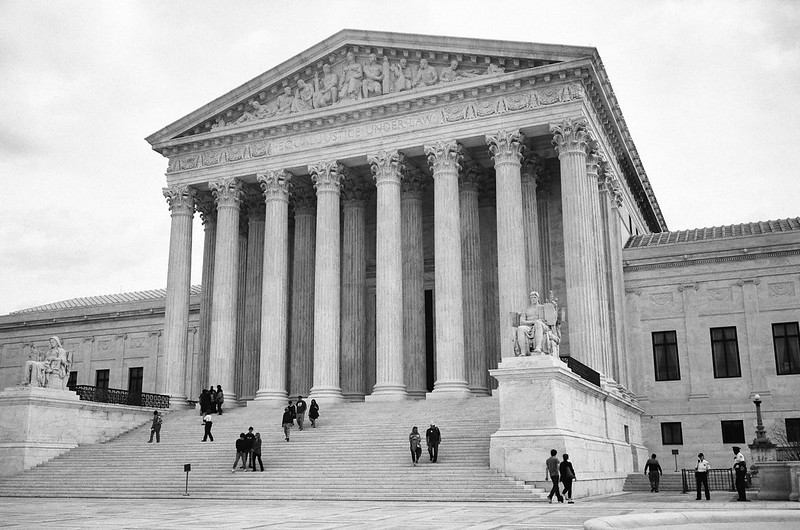I set myself a Ramadan challenge: to step out of the boundaries of my safe familiar and visit a mosque. My spiritual home in New York City is a Sufi dergah in Tribeca. It is a beautiful, aesthetically pleasing space, conducive to quiet contemplation and meditation. On Thursday evenings, it is open to the public for zikr, the ceremony of Divine remembrance. Our circle is led by a wise and beautiful woman—Sheikha Fariha Fatima—who possesses a joyous and compassionate approach to faith and an infectious laugh.
The spiritual life, I’m learning under her guidance, is the path of love, and of surrender to the Divine will. It is frequently riven by heartache but reliably leavened by a sense of humor and sustained belief. When I walked into the dergah for the first time in 2010, I understood instantly that I had stepped into the embrace of a sacred space that would lead me to the heart of a faith I was born into but felt distanced from, overwhelmed by its seemingly ascerbic and judgmental mores.
I am a believer. But when it comes to organized religion, prescribed rituals and ceremonies sifted through history, I balk. I grew up in a secular home, and moved frequently, so much that my sense of rituals and ceremonies is fractured and alloyed at best. It is not so much rituals that make me nervous and uncomfortable, but the people performing them, who’ve inherited and owned them, who look askance at the disruption triggered by the fumblings of newcomers.
My family has been “moving” for generations, and in the course of this journey we’ve experienced Islam’s many inflections: subtle and overt; mystical and orthodox; private and public; practices that are South Asian, Central Asian, Arab, American. It’s as if the universe is intent on ensuring I don’t petrify into any single tradition, that I remain nomadic, adopting and discarding rituals, drifting in and out of cultures, as fluid as rain water sloshing across borders.
In the Pakistan I grew up in, women prayed at home. Mosques were the kingdom of men.
And so it wasn’t until I was nineteen that I visited a mosque for the first time—in Waterloo, Iowa. My in-laws were active congregants and I found myself in the acutely uncomfortable position of fumbling through the motions of ritual prayer—salaat—in a cramped attic space, segregated from the men whose domain was the spacious hall of the mosque. This first introduction filled me with dread. Mosques, I resolved, were gender-segregated spaces of insidious competition, dank walls, and faintly molding carpet. Best to be avoided.
Ironically, it wasn’t until later when I visited the mosques of Mecca and Medina in Saudi Arabia that I discovered the democratic hospitality of these sacred spaces of worship—mosques that did not shun women into corners and smelly basements, that, in fact, requested the zealously veiled to unveil their faces, keeping only their hair modestly covered. I was heartened. When I returned to live in the United States, and found myself in desperate need of that warm embrace in the aftermath of 9/11, I visited a mosque in the East Village, in the hopes of seeking solace amongst my beleaguered community. But at the entrance, a man said to me, No women allowed here, and turned me back out onto the hostile street.
Ten years have passed since that incident, abrasive as sandpaper on an open wound. On one hand, I shrug it off. On the other, I have unresolved feelings. It angers me that the experience served to compound my bias against American mosques and their tendency towards self-righteousness and male superiority.
So my Ramadan challenge to visit a new mosque is as much about conquering a fear of rejection as it is about attempting to rectify and expand my view of this place of worship.
Humera Afridi is an Open City Creative Nonfiction Fellow whose work has appeared in Granta, the “New York Times, and several anthologies,” including Leaving Home (Oxford University Press, 2001), 110 Stories: New York Writes after September 11 (NYU Press, 2003), and Shattering the Stereotypes (Olive Branch, 2005). This piece was originally published on Asian American Writers’ Workshop’s Open City.
(Photo Credit: Open City)



